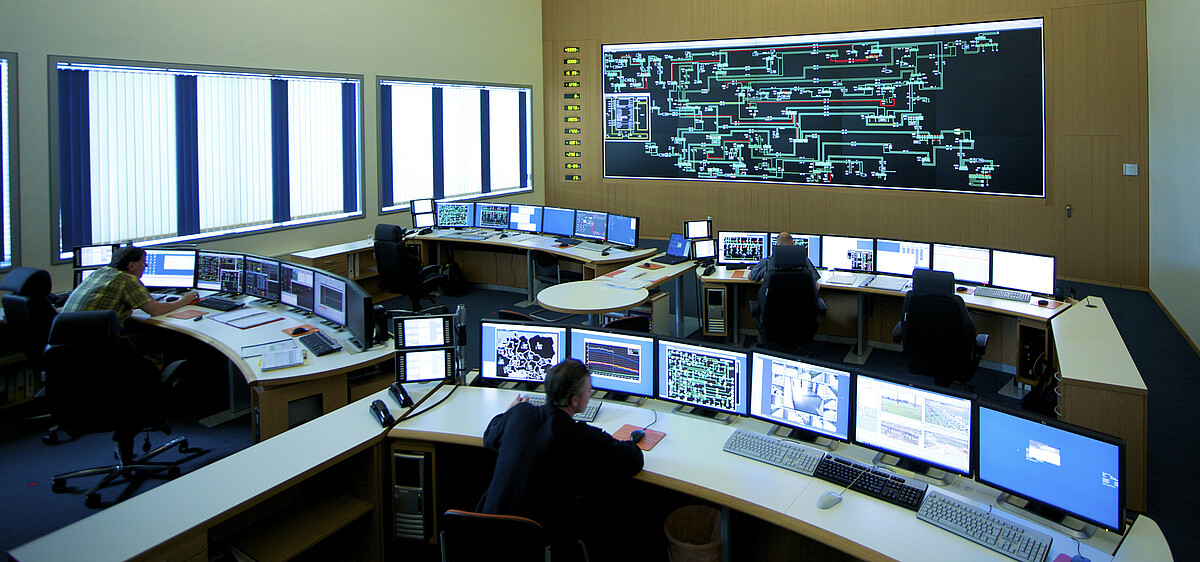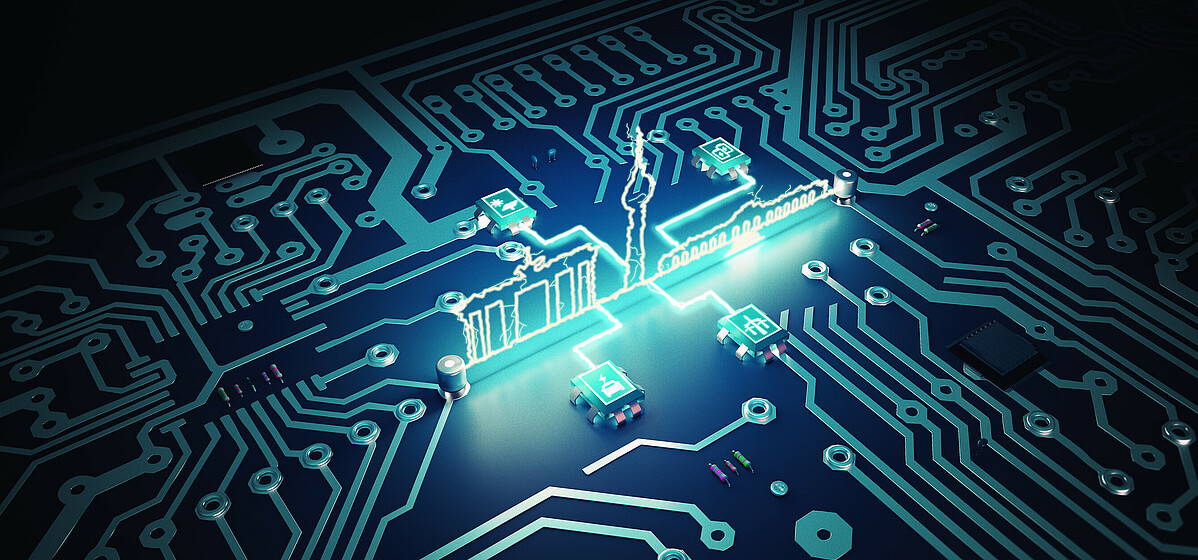Energiewende goes digital
Berlin is full of energy
No, there really isn't much space for wind turbines here. Nevertheless, renewable energies are still high on the agenda in Berlin. The focus, however, is on making the energy transition smart.
In cooperation with the other states in eastern Germany, Berlin is developing solutions for the digitalization of the energy transition, which is entering its next phase in Germany. After the rapid expansion of wind and solar energy in recent years, the key challenge is to integrate these renewable energies into the nation's power supply. Without a so-called "Internet of Energy" where both producers and consumers can interact, further expansion would be in vain, which is why almost 50 partners have joined the WindNODE Consortium to show how it can work.
A Fundamental Transformation
WindNODE targets the entire system. Individual projects are developing innovative solutions for the integration of renewable energies at all levels of the energy system.
Today's energy grid is really nothing like that of yesterday: millions of small producers have been added. Many electricity customers have become so-called "prosumers," not only consuming electricity, but also feeding it into the grid themselves.
Now the crucial issue is ensuring that electricity is delivered or consumed at the optimum time, which is why, in the future, the flow of electricity will require a considerable flow of information, too. Production and consumption must be dynamically, but automatically coordinated in real time. Power plants, grids, storage systems, and as many electric-powered systems as possible all need to be able to communicate directly with each other in what some are calling the "Internet of Energy," a specific instance of the "Internet of Things."

Pioneering Showcase
WindNODE is a part of the "Showcase for Intelligent Energy - Digital Agenda for the Energy Transition" (SINTEG), a program of the German Federal Ministry of Economics and Energy. Thanks to its energy-efficient production structure, northeastern Germany offers the ideal conditions as a real-world pilot of Energy Transition 2.0. The region is already a pioneering leader in Germany, with about half of the electricity generated here coming from wind, the sun, and other renewable sources. In addition, there are some rural areas in the region that are producing a significant surplus of renewable electricity. And, Berlin, as the region's largest metropolis with an extremely high demand for electricity, is ready to consume this surplus.
The more than fifty WindNODE projects cover a broad spectrum of issues, including a central IT infrastructure, coolers at Lidl and Kaufland stores, a steel plant in Thuringia, a battery farm in Saxony, and power-to-heat plants in Berlin. The project runs until the end of 2020.

